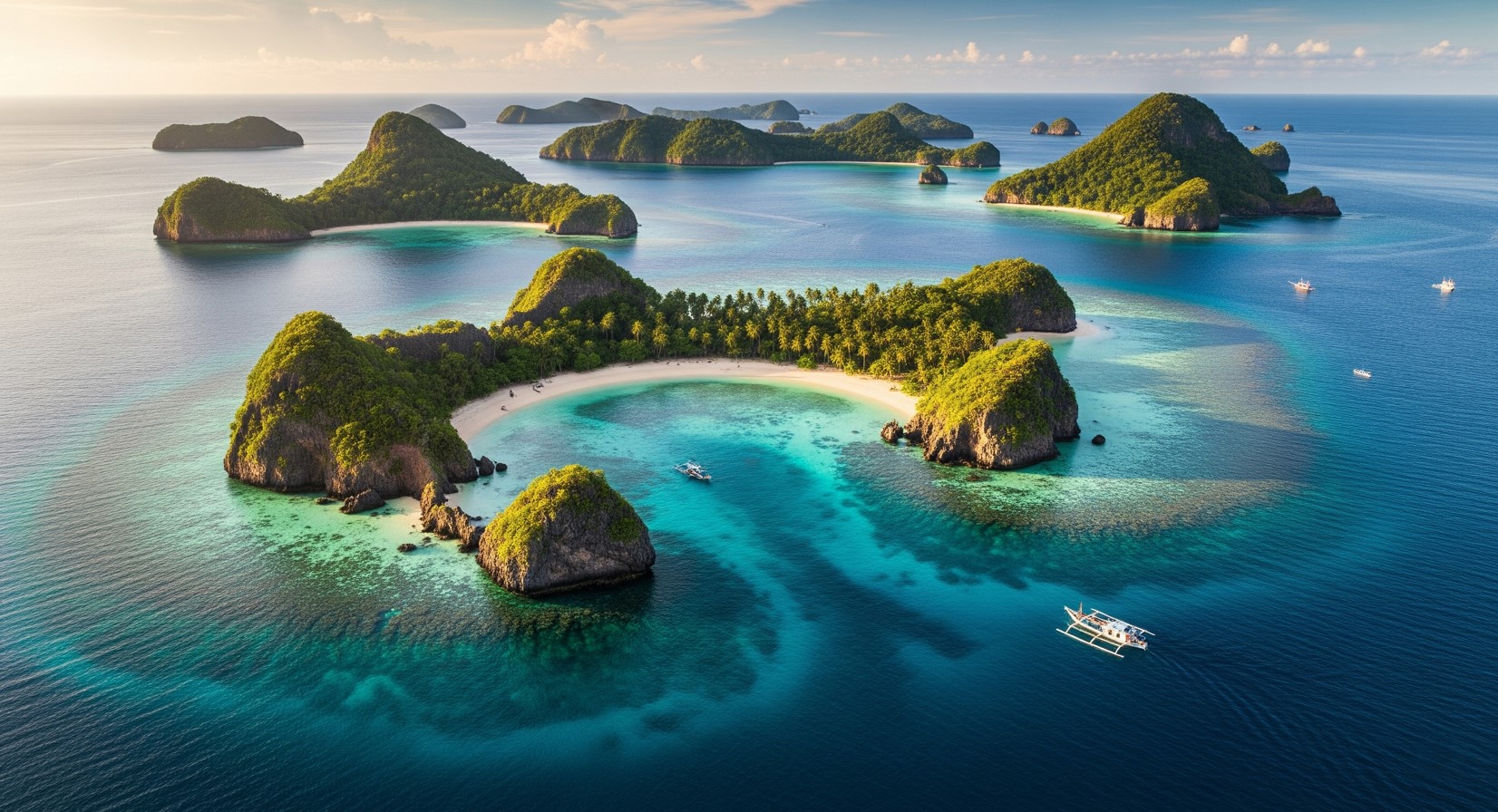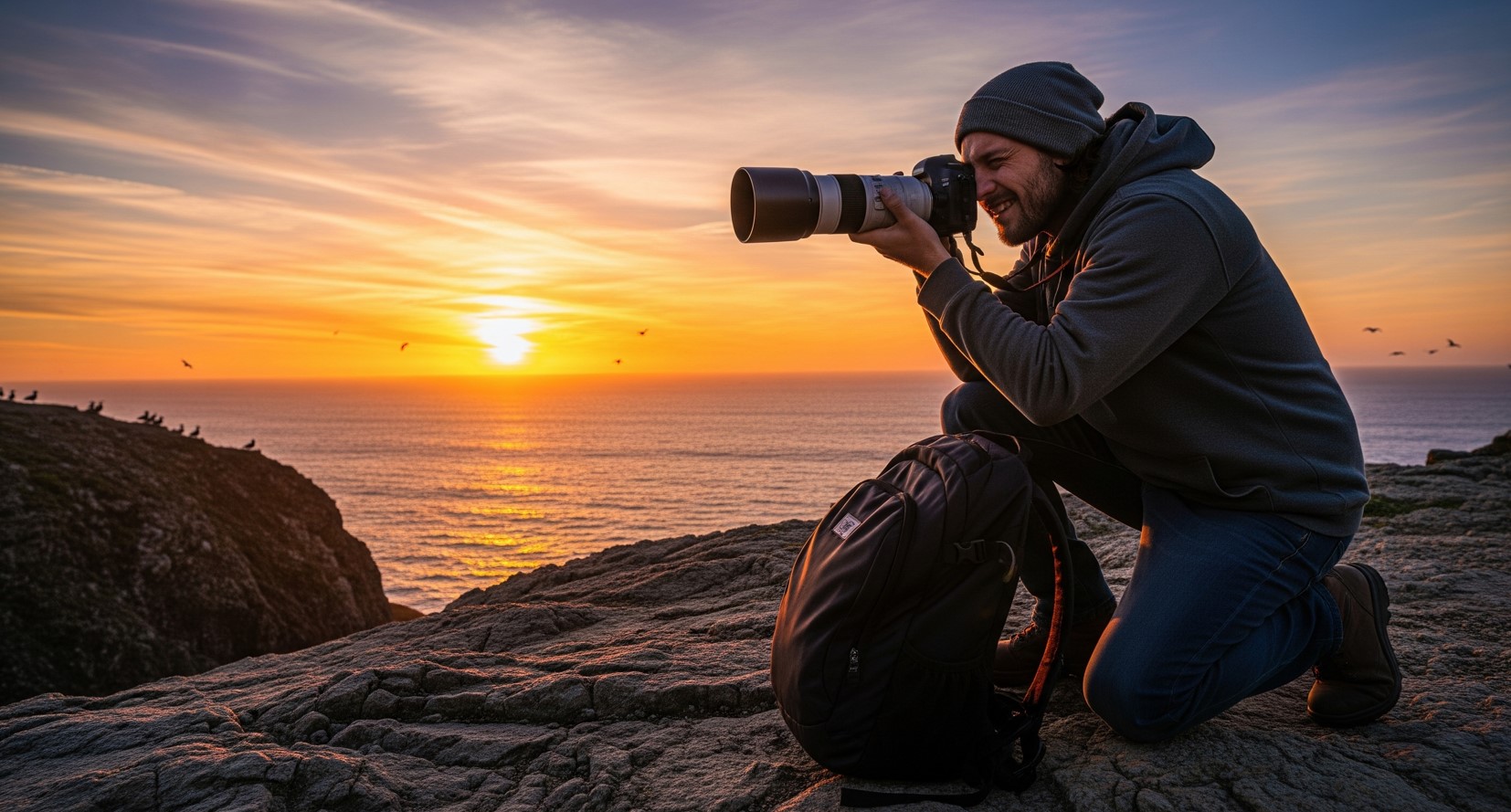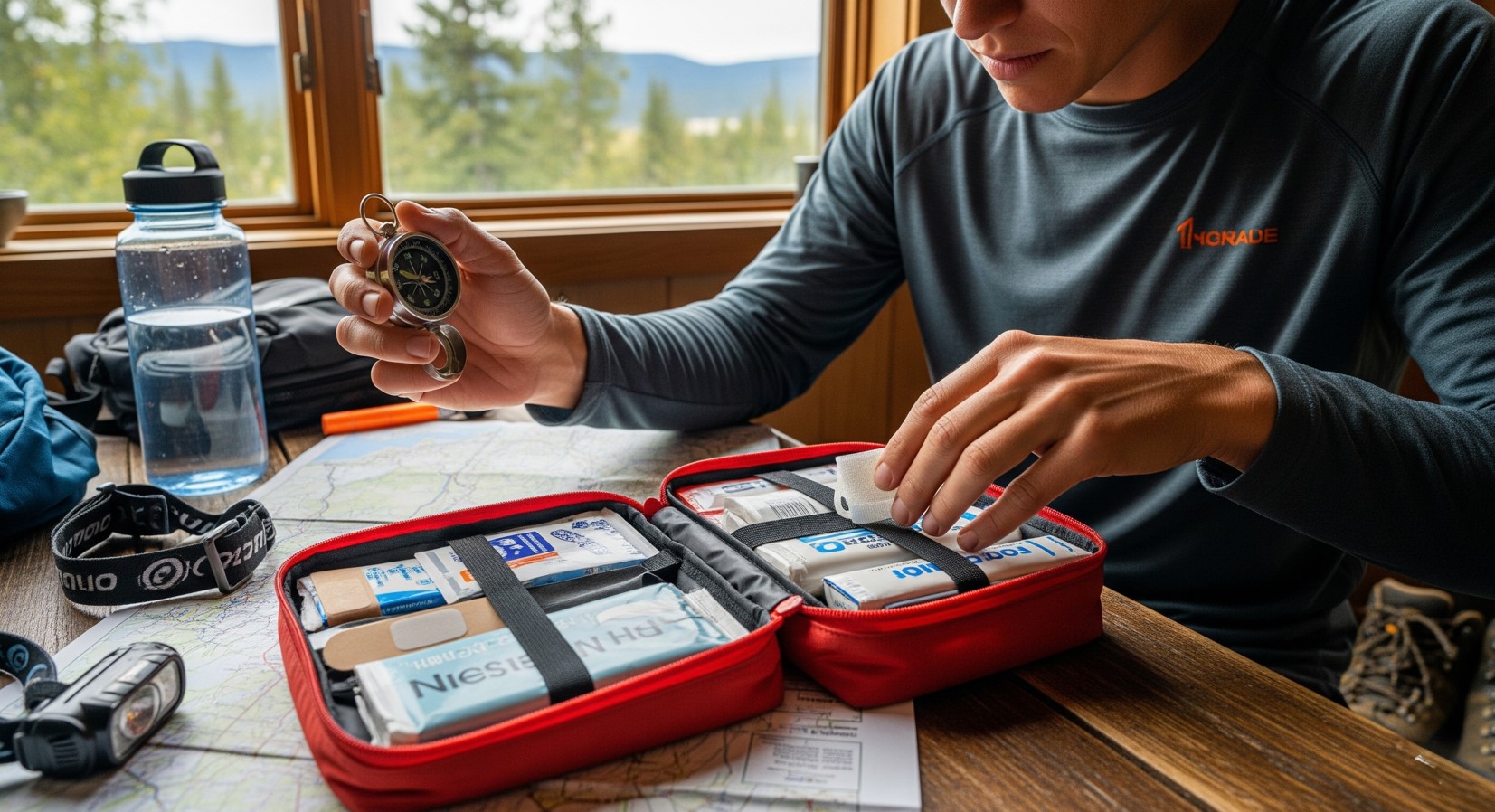Imagine crystal-clear waters, secluded beaches, and lush green peaks rising from the ocean. That scene isn’t just a dream—it’s the promise of an island-hopping odyssey across some of the planet’s most remote archipelagos. From planning your route to packing the right gear, this guide will take you step by step through the process of discovering hidden island gems, minimizing your footprint, and making memories that last a lifetime.
Why Remote Archipelagos?
Remote archipelagos offer an escape from crowded resorts and overrun attractions. Here, you can immerse yourself in pristine nature, encounter unique wildlife, and connect with local cultures without the usual tourist bustle. Places like the Faroe Islands, the Andaman Islands, and the Raja Ampat archipelago each boast ecosystems found nowhere else on Earth. Whether you seek underwater adventures, birdwatching, or simply a serene beach to call your own, these island chains deliver beyond expectations.

Selecting Your Archipelago
Choosing which set of islands to explore can be daunting. Start by defining your interests: Are you a scuba diver eager to explore coral reefs? A hiker longing for volcanic peaks? Or a cultural traveler keen on meeting indigenous island communities? Next, weigh accessibility and seasonality. Some archipelagos are best visited during dry months to avoid monsoons, while others have year-round mild climates. Research ferry schedules, charter flight options, and visa requirements to ensure smooth entry and onward travel between islands.
Planning Island Transfers
Getting from island to island can be an adventure in itself. Ferries, speedboats, seaplanes, and local pirogues all play a role in a true island-hopping experience. When booking ferries or charters, leave buffer days for weather delays. For seaplanes, confirm weight limits and luggage restrictions. Where public transport is scarce, consider hiring a local captain who knows hidden coves and safe anchorages. Always keep digital copies of tickets and emergency contacts at hand.
Eco-Friendly Travel Practices
Preserving fragile island ecosystems should be a priority. Use reef-safe sunscreen, avoid single-use plastics by carrying a refillable water bottle, and purchase locally made goods rather than imported souvenirs. Respect marine protected areas by snorkeling or diving only with licensed operators. Dispose of waste responsibly—pack out anything you bring in. Engage with local conservation initiatives, such as beach clean-ups or community-led turtle monitoring programs, to give back to the islands you explore.
Accommodation Amid Islands
Remote islands often have a range of lodging options, from rustic eco-lodges to boutique resorts. If you crave immersion, homestays and guesthouses run by island families offer authentic insight into daily life. Check reviews for cleanliness and sustainability certifications. Book early during peak season to secure beachfront bungalows or villas perched on cliffs. And remember: solar-powered shacks may not have air conditioning, but they deliver starlit skies unobstructed by light pollution.
Activities & Experiences
Each archipelago has signature experiences waiting to be discovered. Snorkel vibrant coral gardens, kayak through sea caves, or hike to panoramic lookout points. Many islands host cultural ceremonies—traditional dances, music festivals, or communal feasts—that welcome visitors. Dive operators often offer night dives to watch bioluminescent plankton glow. Birdwatchers can track rare species endemic to an island chain. Plan a balanced itinerary that blends adventure with relaxation, and be open to spontaneous detours.
Tasting Island Flavors
Food is a gateway into local culture. Sample freshly caught seafood grilled on open flames, tropical fruits plucked from backyard trees, and distinctive dishes like coconut crab curry or fermented fish paste. Many islands cultivate unique spices or tropical produce found nowhere else—try island honey, wild pepper berries, or local coffee blends. When dining, patronize family-run eateries and market stalls to support small-scale producers and experience ingredients at their freshest.
Photography & Capturing the Moment
Island landscapes dazzle through the lens. For aerial perspectives, consider drone photography (where allowed) to capture clusters of emerald isles. Sunrise and sunset cast golden hues on limestone cliffs and palm-fringed beaches—plan shoots accordingly. Underwater housings let you immortalize reef life and shipwrecks. Always respect no-drone zones and wildlife viewing guidelines. Carry extra batteries and memory cards; remote islands rarely have camera shops.

Packing for the Odyssey
Prioritize lightweight, quick-dry clothing and sturdy water shoes or sandals. Bring a compact dry bag for boat transfers and waterproof pouches for electronics. Pack reef-safe sunscreen, a reusable water bottle with filter, basic first-aid supplies, and insect repellent. If you intend to camp, include a lightweight tent, travel hammock, and eco-friendly toiletries. Remember a universal adapter for charging devices; electricity can be intermittent on remote islands.
Budgeting & Expenses
Island-hopping costs vary widely. Public ferries are most budget-friendly, while private charters and seaplanes command premium rates. Lodging ranges from dorm-style huts to luxury overwater villas. Allocate funds for park entry fees, guided activities, and meals at local warungs or seaside cafes. To save, consider overnight ferry rides in lieu of paid accommodation. Always carry some local currency, as ATMs and credit-card acceptance may be rare beyond main ports.
Safety & Health Considerations
Remote doesn’t mean reckless. Check travel advisories, register with your embassy if possible, and share your itinerary with a trusted contact. Drink only bottled or filtered water, and avoid uncooked ice. Familiarize yourself with local marine hazards—currents, sharp coral, or jellyfish. Pack essential medications, including anti-diarrheal and motion-sickness remedies. On smaller islands, medical facilities may be limited; in emergencies, evacuations can be time-consuming and costly.

Conclusion: Embrace the Island-Hopping Spirit
An island-hopping odyssey through remote archipelagos is more than a vacation—it’s a transformative journey that connects you with nature, culture, and yourself. By planning thoughtfully, traveling responsibly, and staying open to serendipity, you’ll uncover landscapes and experiences that linger long after your return. So chart your course, hoist your sail (or buy that ferry ticket), and let the rhythm of the ocean guide your next great adventure.








